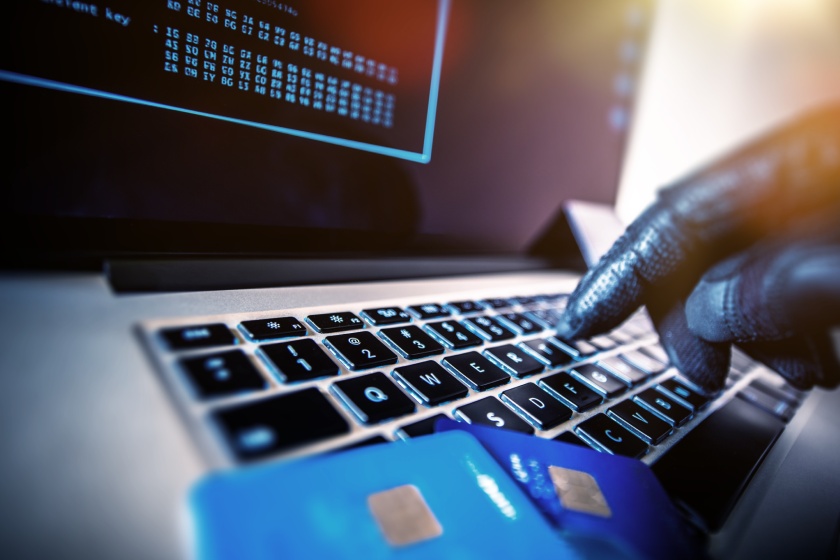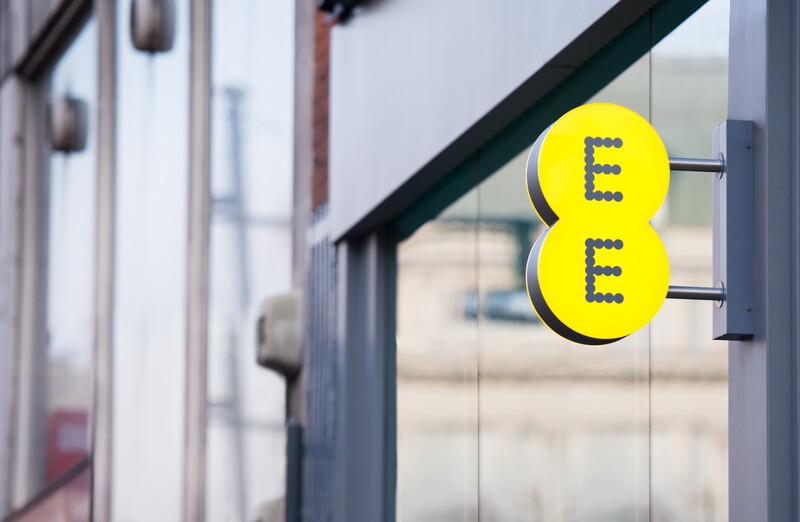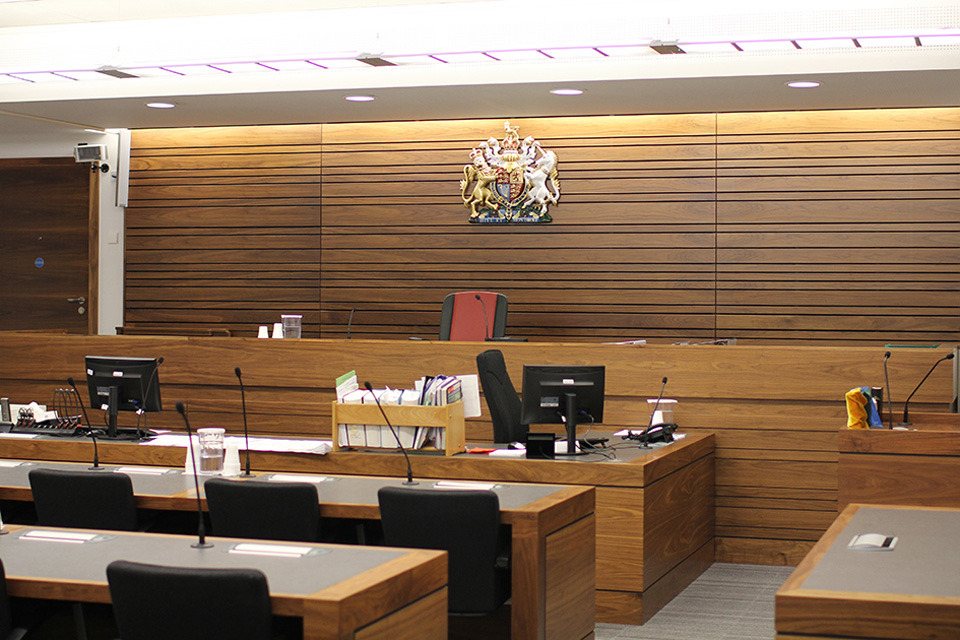Judge Leggatt stressed that banks must promptly execute payment instructions once a customer authorises them. He clarified that banks should not judge the wisdom or risks of customer payment decisions. However, he permitted Ms Philipp to follow an alternative case against Barclays, alleging the bank’s failure to adequately attempt money recovery.
The Escalation of APP Fraud
APP fraud, now the predominant payment scam in the UK, cost customers £583 million in 2021, as disclosed by the Payment Systems Regulator (PSR). Acknowledging the issue’s gravity, the PSR plans to mandate reimbursement for domestic APP fraud victims in the upcoming year. This initiative seeks to alleviate the financial strain on individuals ensnared by these scams, offering some respite and support.
The emergence of new neo-banks will likely escalate APP fraud, bringing about anguish and distress to victims. Given its relatively recent inception, many individuals need to be made aware of the warning signs and red flags, making them more susceptible to falling prey. This underscores the significance of the mandatory fraud reimbursement scheme.
Legal Repercussions
James Levy, a partner at Ashurst law firm, suggests that the Supreme Court decision reallocates customers’ responsibility for verifying the authenticity of payment instructions. Levy articulates that this ruling significantly diminishes the litigation risk against banks by APP fraud victims. Consequently, this clarity benefits both banks and customers, thereby underlining the importance of vigilance and thorough examination in financial transactions.
Ultimately, the responsibility rests with the customer to decide whether or not to proceed with a payment. As a community, we aim to heighten awareness about the warning signs and assist others in sidestepping such pitfalls. While this might sound challenging, it’s entirely attainable with a collective effort.
Barclays’ Stance
Barclays welcomed the verdict, appreciating its clarity and certainty to a publicly significant legal matter. The Supreme Court’s decision anticipates far-reaching repercussions for banks, customers, and the continuous fight against APP fraud.
As fraud prevention and reimbursement frameworks evolve, individuals must maintain vigilance and prudence in authorising payments. Proactive verification of payment instructions can significantly mitigate the risk of APP fraud victimisation. The ruling accentuates the necessity of ongoing fraud prevention endeavours by financial entities and customers to shield against fraudulent activities’ devastating aftermath.
The prospective reimbursement scheme doesn’t assure complete compensation for all APP fraud victims. The paramount defence against such fraud involves proactive prevention, staying abreast of fraud prevention methods, and swiftly applying requisite safeguards. This proactive approach immensely bolsters individuals’ financial security, guarding against potential adversities.



